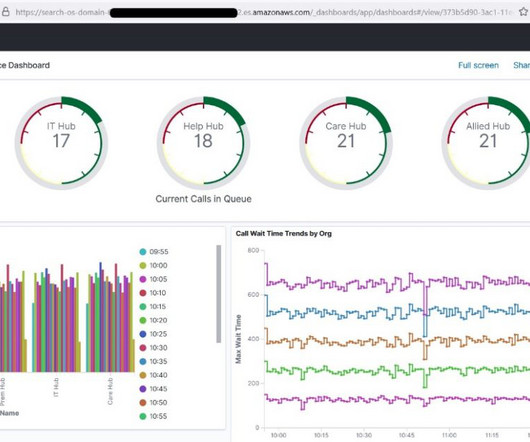Bridging the Gap Between Analytics Expectations and Reality
Sisense
MARCH 26, 2021
Companies surveyed by Harvard Business Review Analytic Services (HBR) report that two of the most important strategic benefits of using data analytics are (1) identifying new revenue and business models and (2) becoming more innovative. 39% of companies want to identify new revenue and business opportunities with data analytics.














Let's personalize your content